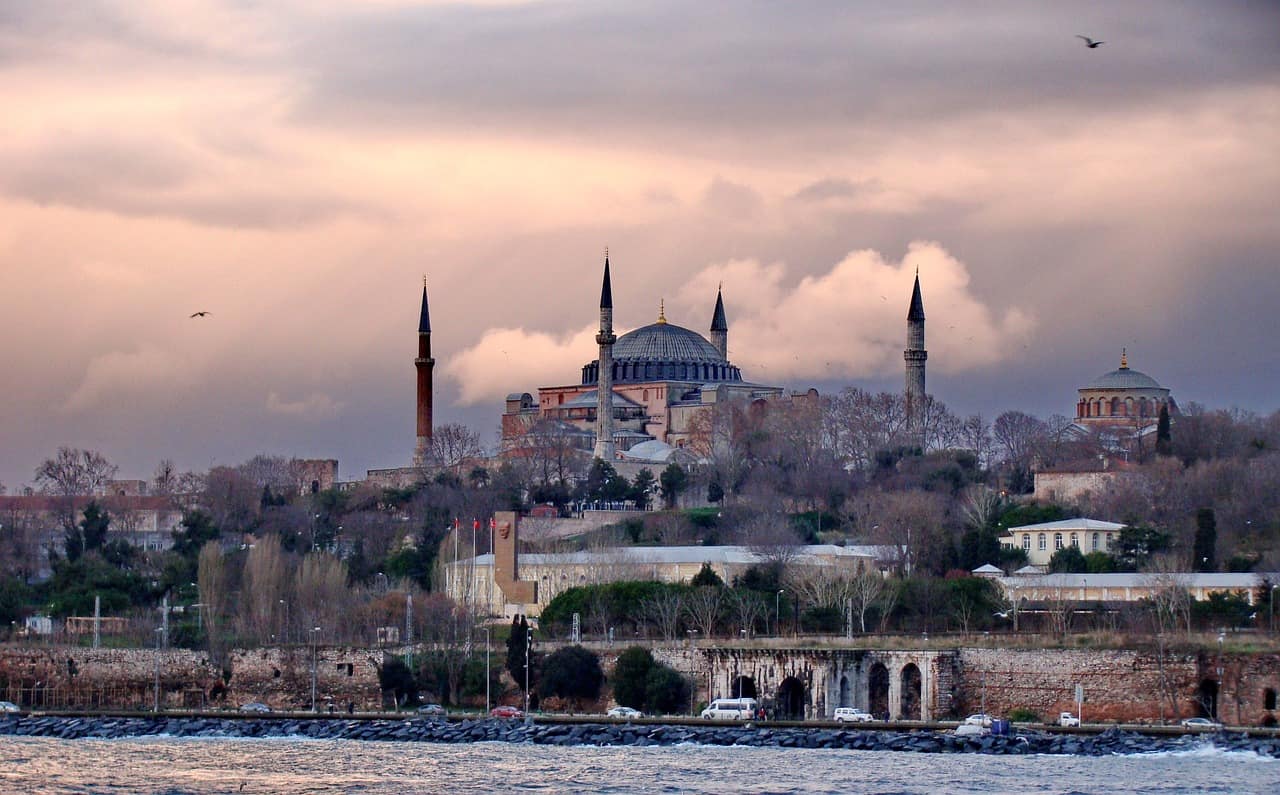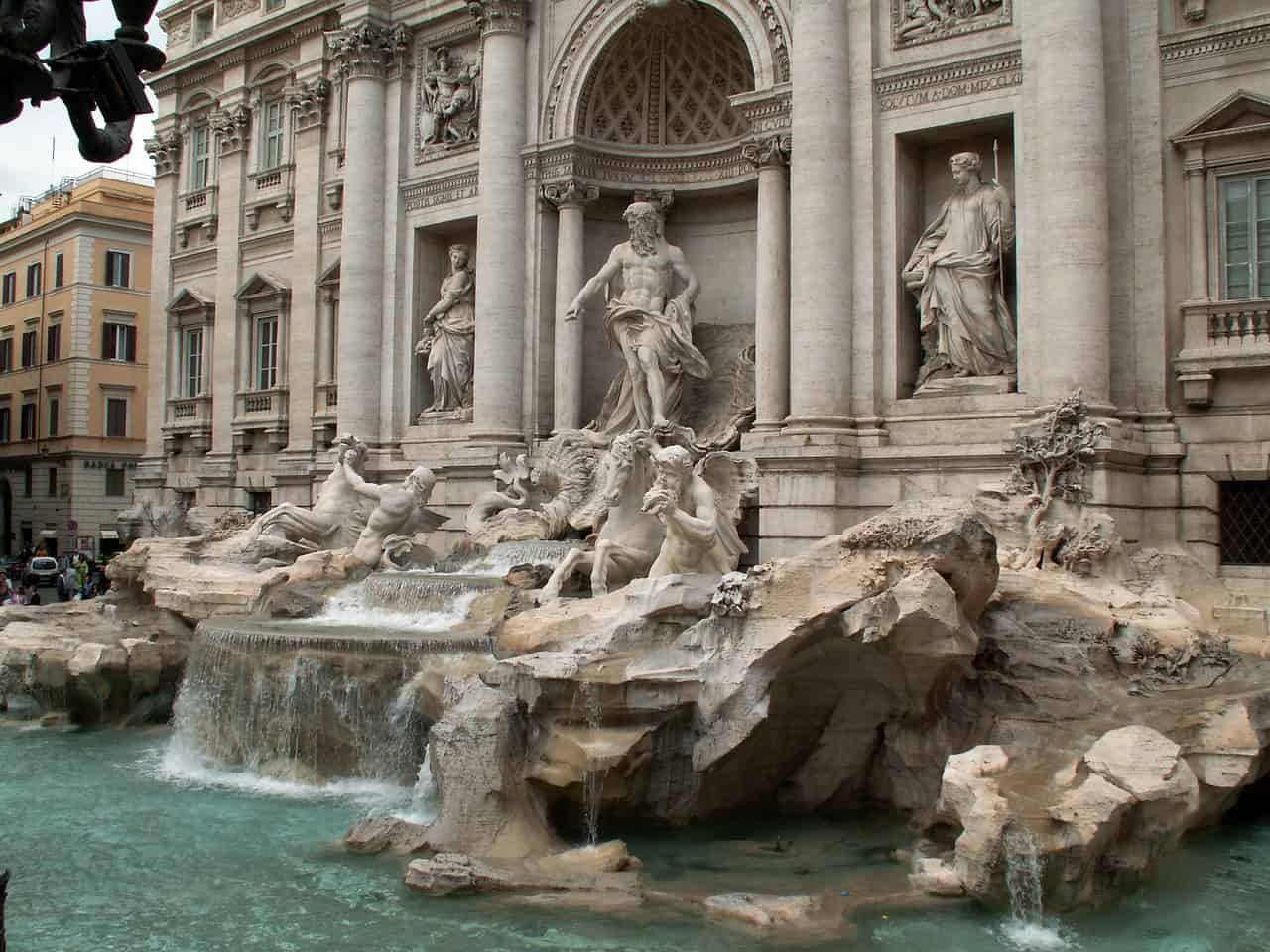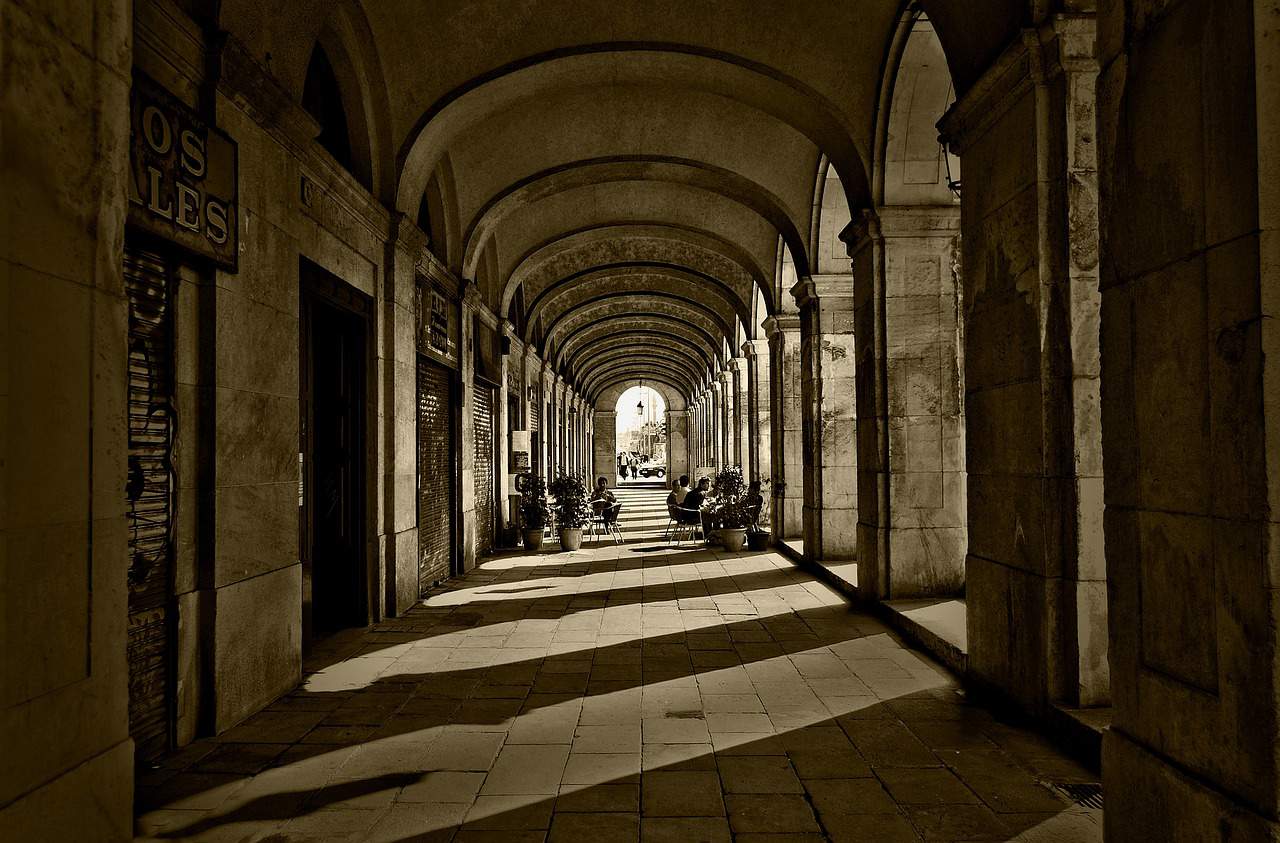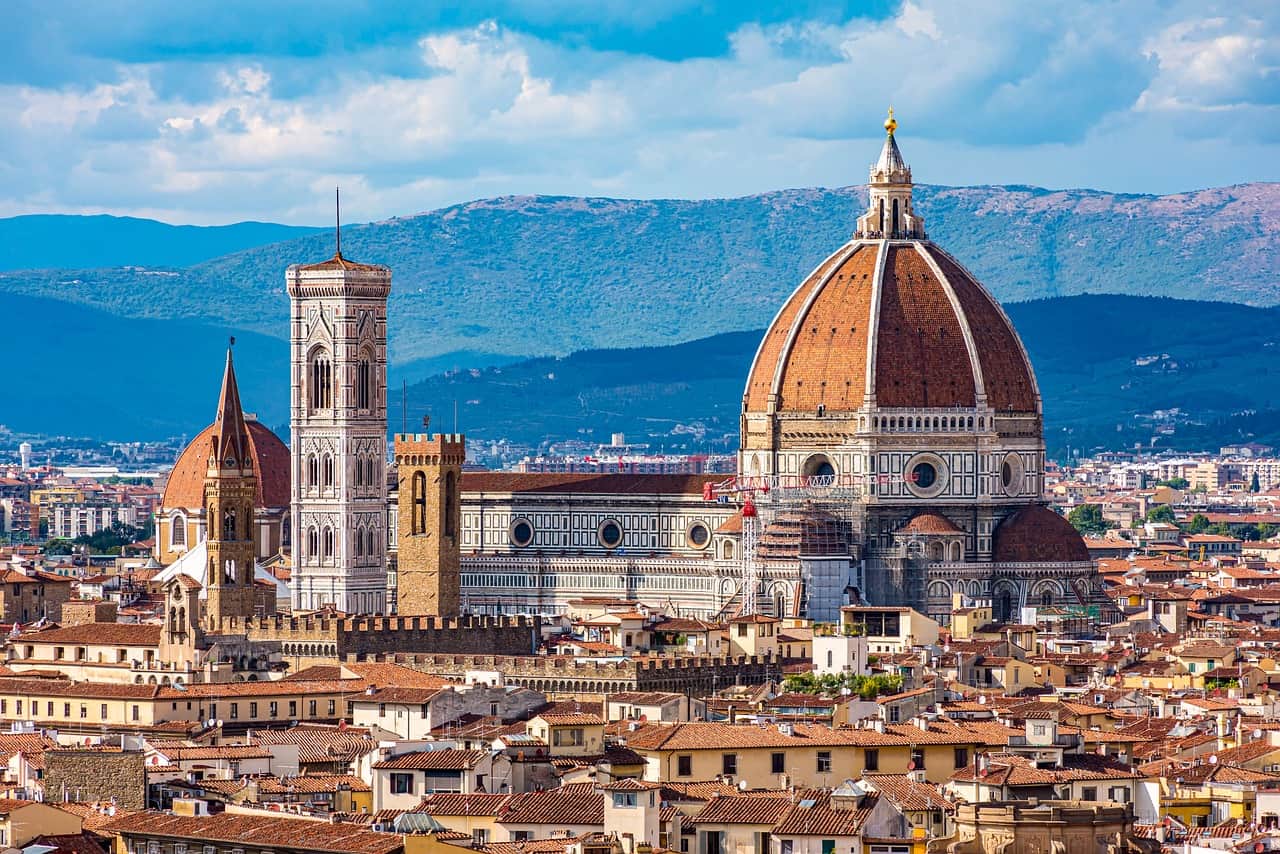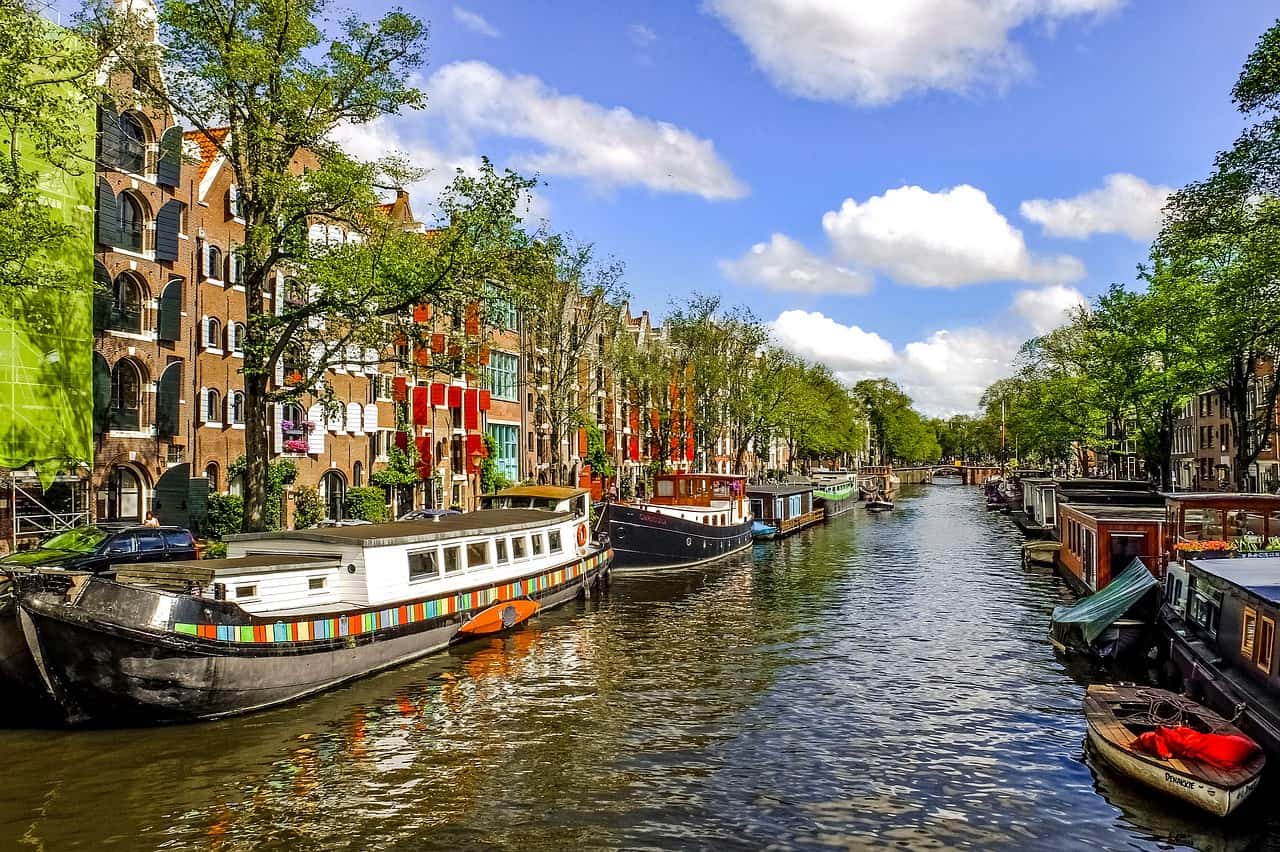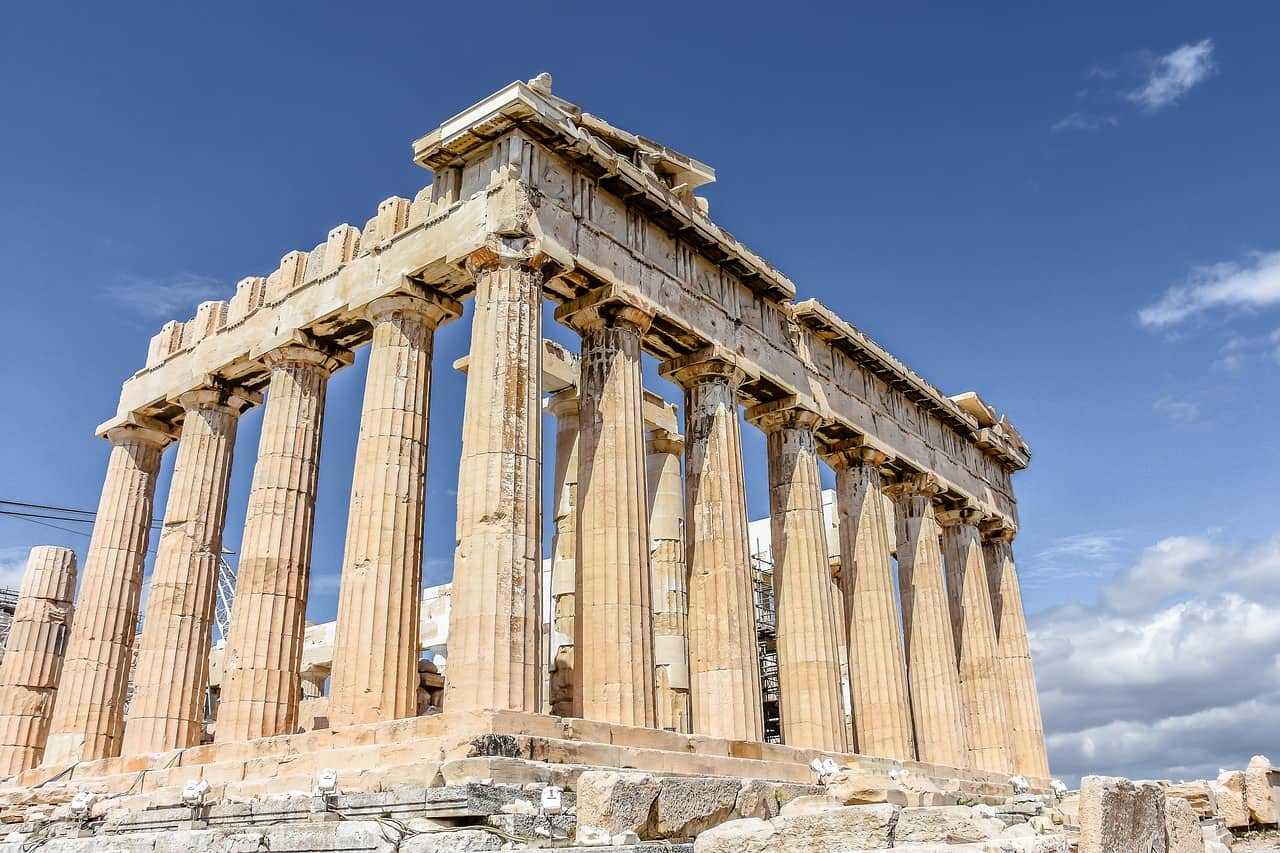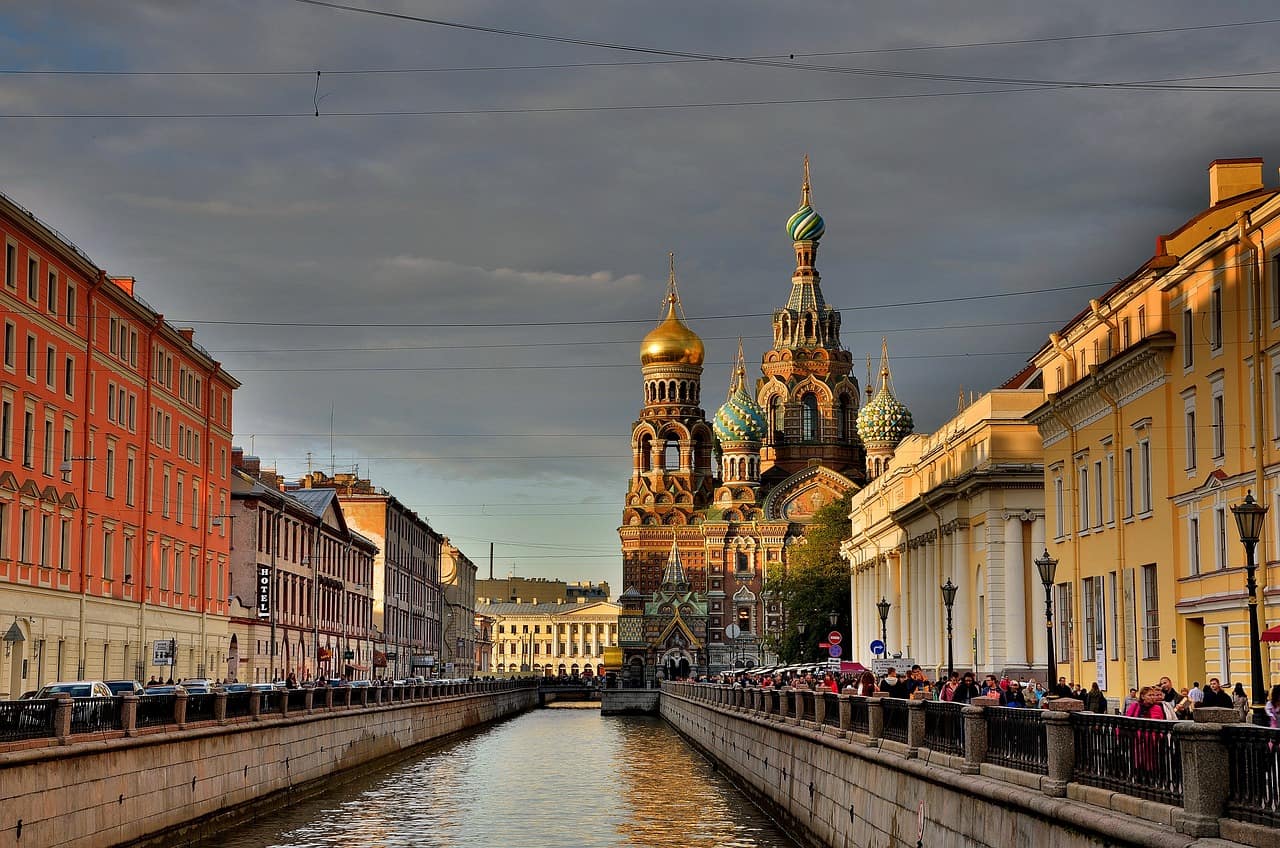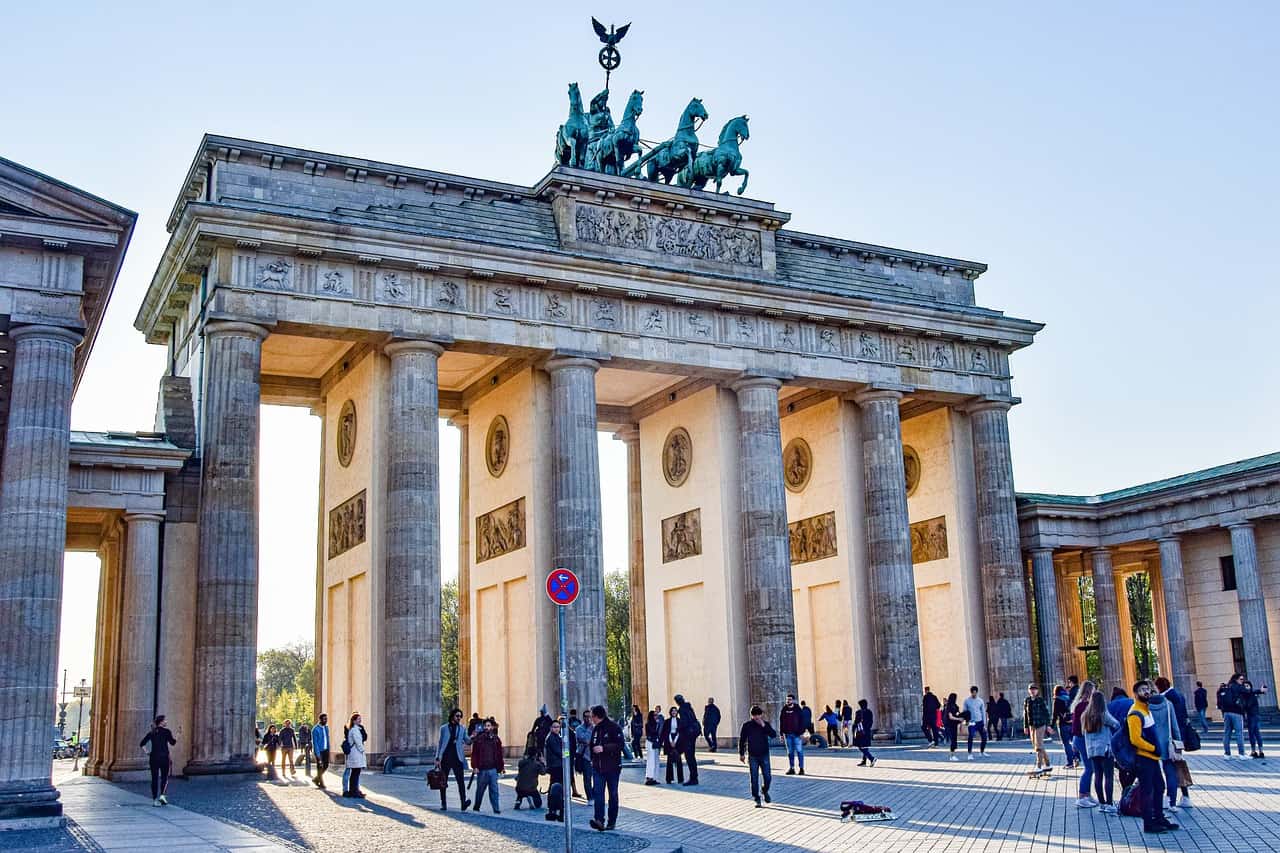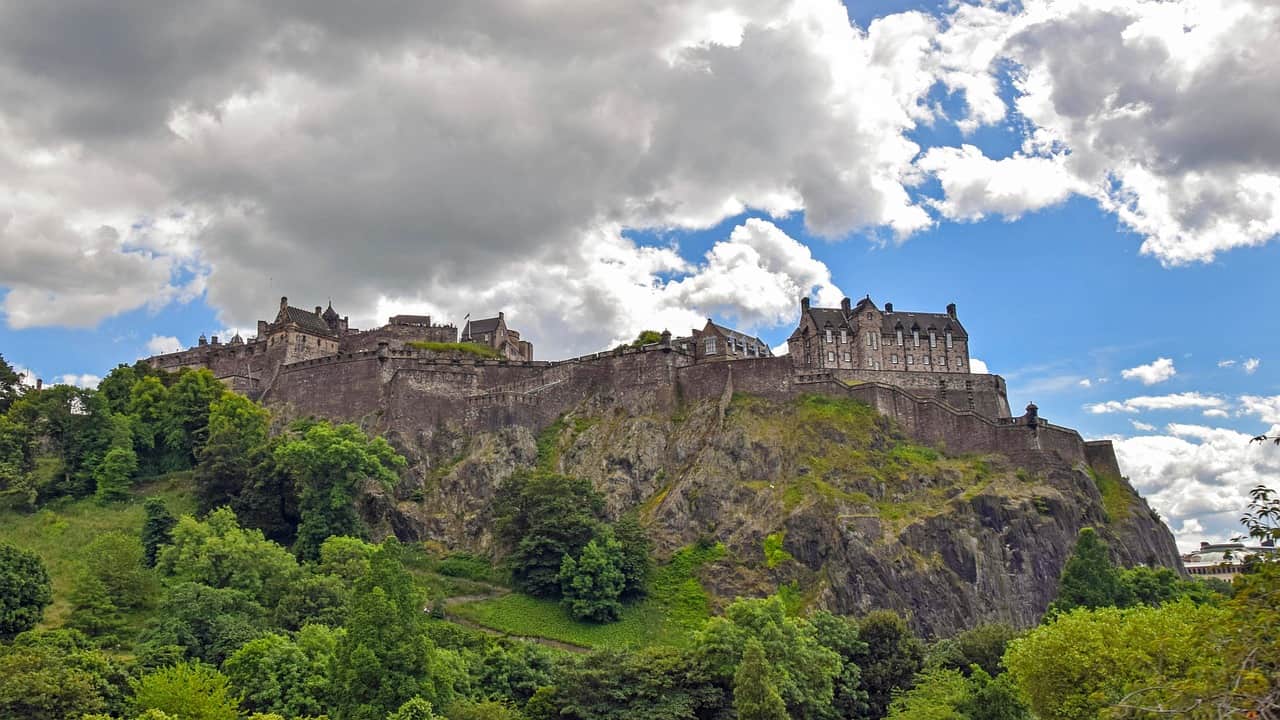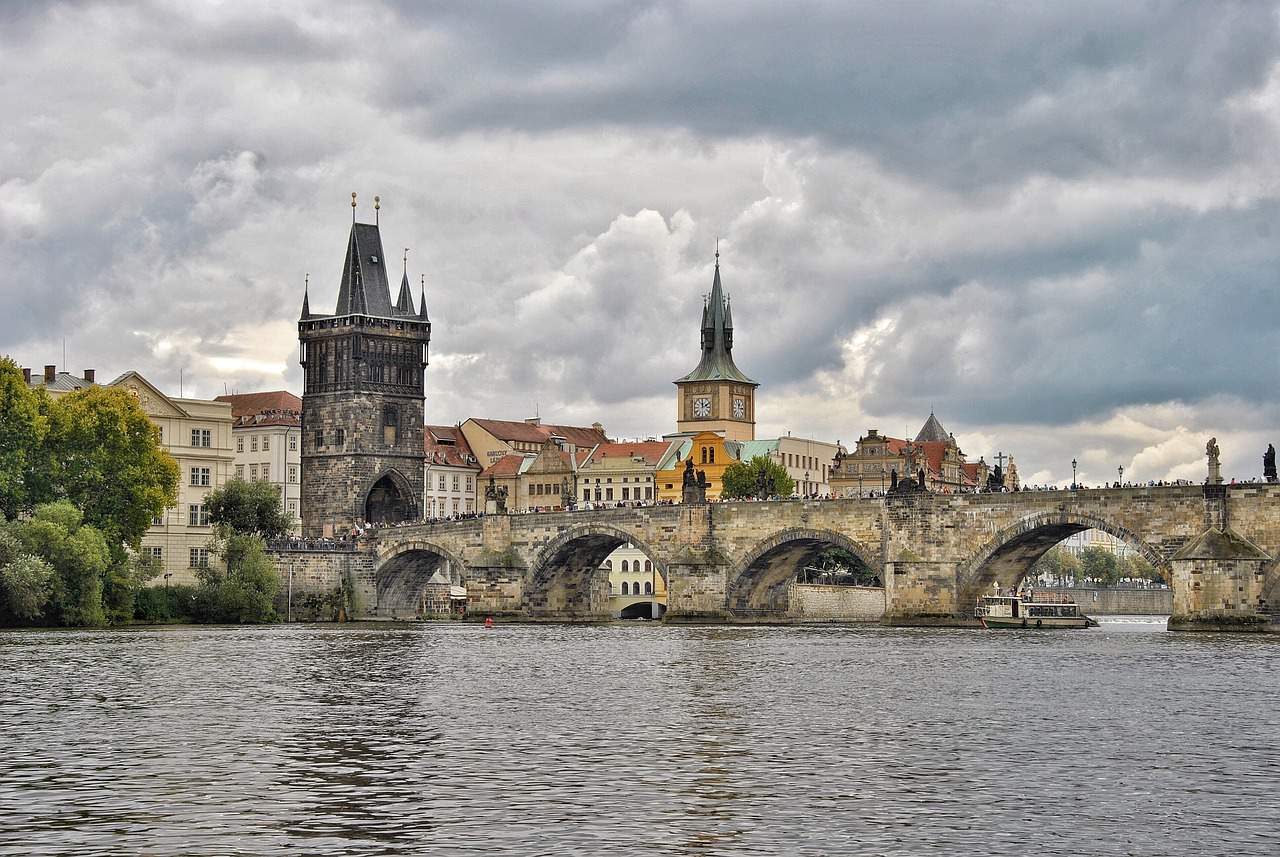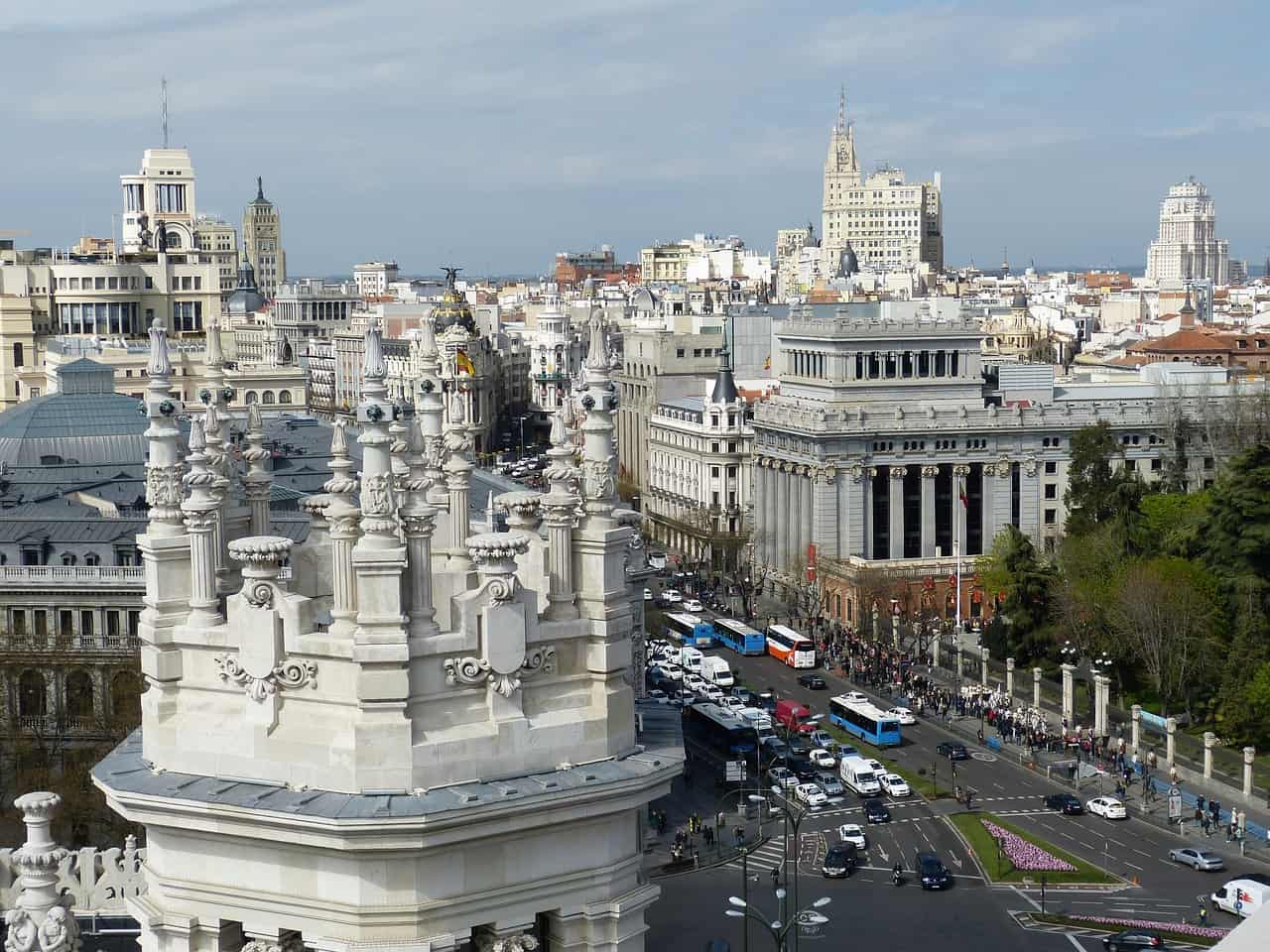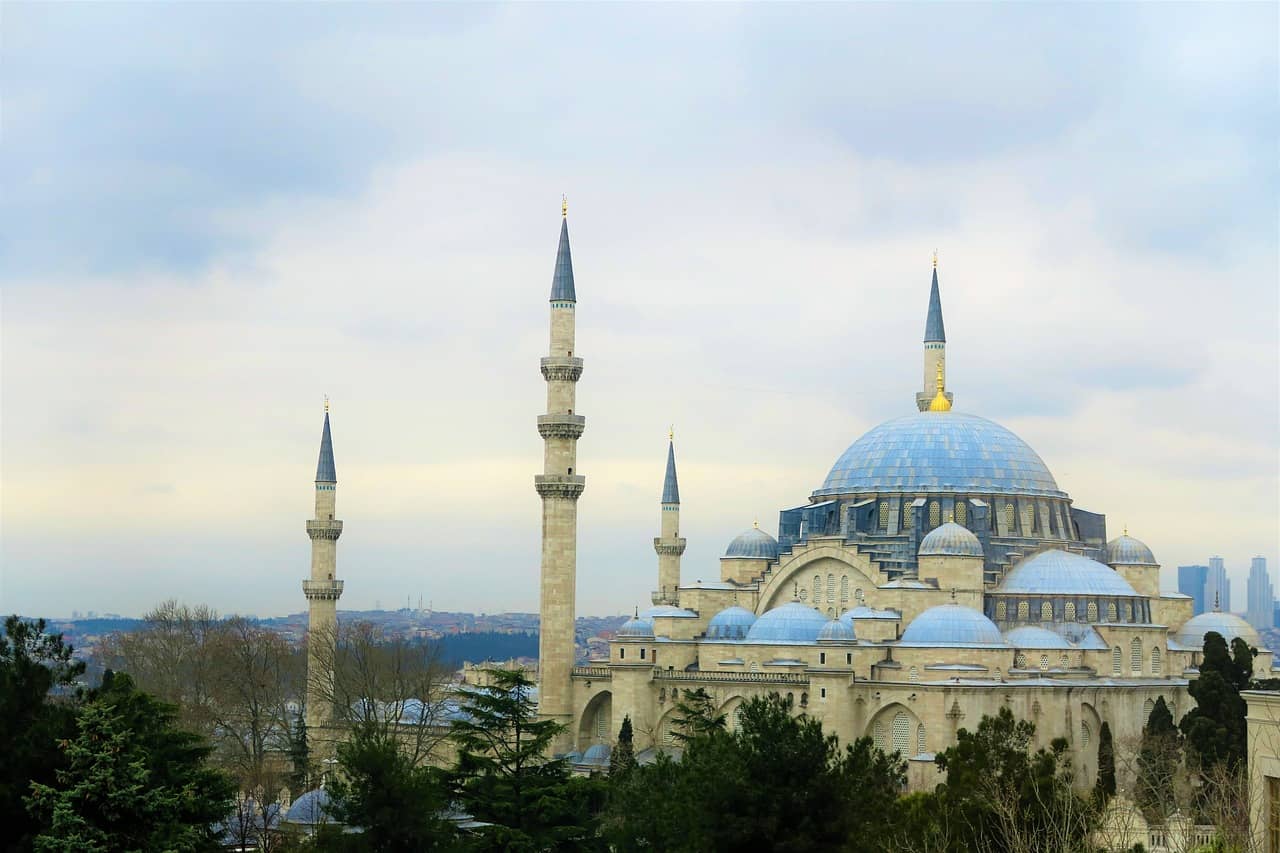In the grand tapestry of human civilization, few regions have woven a more intricate and captivating story than Europe. The significance of European art and history is a beacon that draws travelers into a journey through time, where each cobblestone and each stroke of a paintbrush tells a tale of cultural evolution. As someone who has traversed the storied streets of these destinations, I’ve come to understand that the magic lies not just in the individual narratives of art and history but in the seamless intersection of the two. Join me on an exploration where art becomes a living testament to history, and history, a vibrant canvas for artistic expression.
I. European Art and History Destinations
Where the Past Meets the Canvas: Europe stands as a living testament to the evolution of art and history—a realm where Gothic cathedrals whisper tales of medieval craftsmanship, Renaissance masterpieces breathe life into centuries-old stories, and modern art installations push the boundaries of creativity. The significance lies in the continuity of these narratives, providing a visual and visceral connection to the past that is both enriching and awe-inspiring.
The Symbiosis of Stories: What sets Europe apart is the symbiotic relationship between art and history. Each cathedral, palace, or museum is not merely a static relic but a dynamic storyteller, where art becomes a vessel for historical narratives and history, the inspiration for timeless masterpieces. As I wandered through the Louvre in Paris or gazed upon the Sistine Chapel in Vatican City, I marveled at how the strokes of a brush or the chisel of a sculptor encapsulate epochs of human experience.
Destinations that Breathe History and Art: Our journey through the annals of European art and history destinations will weave through the iconic streets of Paris, where the Eiffel Tower and the Louvre Museum stand as guardians of artistic brilliance. We’ll tread upon the ancient paths of Rome, where the Colosseum and the Vatican City narrate tales of a bygone era. The artistic wonders of Barcelona, Vienna’s imperial elegance, Prague’s fairytale charm, Athens’ ancient cradle, Edinburgh’s literary legacy, Berlin’s contemporary canvas, and Istanbul’s fusion of East and West will unfold as chapters in this cultural sojourn.
As we step into the heart of Europe’s artistic and historical tapestry, let this journey be an invitation to immerse ourselves in the beauty of the past, the creativity of the present, and the timeless allure that binds them together. Our exploration begins, where every step is a dance with history, and every gaze upon a masterpiece is a conversation with the soul of Europe.
II. Florence, Italy: A Renaissance Tapestry of Marvels and Artistic Legacy
In the heart of Tuscany, Florence emerges as a living canvas, a city where the very air resonates with the echoes of the Renaissance—a period that birthed masterpieces and reshaped the course of human creativity. As someone who has wandered through the storied streets of Florence, I can attest that the city is not merely a destination; it’s a time machine that propels you into an era where art and history collided to create a cultural supernova.
A. Florence Cathedral and Brunelleschi’s Dome
Whispers of the Divine: The Florence Cathedral, or Il Duomo di Firenze, stands as a testament to both human ambition and divine inspiration. As I gazed upon its intricate façade and colossal dome designed by Filippo Brunelleschi, I couldn’t help but feel a profound sense of awe. The dome, a marvel of engineering, is a whispered dialogue between the mortal and the divine, where the echoes of Brunelleschi’s genius reverberate through the centuries.
B. Uffizi Gallery and Masterpieces of the Renaissance
A Symphony of Artistic Brilliance: The Uffizi Gallery is a sanctuary where time stands still, and the Renaissance comes alive through the strokes of Leonardo da Vinci, Botticelli’s Birth of Venus, and the sculpted poetry of Michelangelo. My journey through the gallery was a pilgrimage, where each masterpiece told a story of artistic daring, innovation, and a pursuit of beauty that transcends the limitations of time.
C. Medici Family Influence on Art and History
Patrons of Art and Power: The Medici family, synonymous with Florence’s Renaissance, wielded not only political power but also an unparalleled influence on the arts. Their patronage nurtured talents like Leonardo da Vinci, Raphael, and Galileo, shaping Florence into a crucible of creativity. Walking through the Medici Chapels or strolling across the Ponte Vecchio, where Medici wealth once flowed, I felt the palpable imprint of a family that sculpted not only Florence’s skyline but the very essence of the Renaissance.
Florence, with its architectural marvels, artistic treasures, and Medici legacies, is an immersion into the golden age of creativity. Each step through its winding streets is a brushstroke in a living masterpiece—a testament to the resilience of artistic brilliance and the endurance of history. As we delve into Florence’s cultural troves, let it be an invitation to be not just a spectator but a participant in the ongoing symphony of the Renaissance.
III. Amsterdam, Netherlands: Navigating the Dutch Golden Age and Canal-Side Artistry
Amsterdam, a city where history and art intertwine like the iconic canals that crisscross its landscape, is a treasure trove of the Dutch Golden Age’s opulence and creative brilliance. Having wandered along the waterways and cycled through the cobblestone streets, I discovered that Amsterdam is not just a city; it’s a living masterpiece that unfolds the chapters of its past with every brushstroke of art and ripple in its canals.
A. Rijksmuseum and the Golden Age Paintings
A Glimpse into Opulence: The Rijksmuseum, with its grandeur and allure, is a portal to the Dutch Golden Age—a period when commerce, science, and art flourished. As I stood before Rembrandt’s “The Night Watch” and Vermeer’s “The Milkmaid,” I felt transported to an era of opulence and artistic ingenuity. The paintings, bathed in the soft glow of museum lighting, are windows to a time when Amsterdam stood as a beacon of prosperity and cultural brilliance.
B. Van Gogh Museum and the Artist’s Life
Starry Nights and Artistic Reverie: The Van Gogh Museum, nestled on the Museumplein, immerses visitors in the turbulent yet mesmerizing life of Vincent van Gogh. Walking through the galleries, I traced the evolution of Van Gogh’s art—from the vibrant Sunflowers to the haunting Starry Night. It’s not merely an exhibition but a poignant journey into the mind of an artist who found solace and inspiration in the canal-laced landscapes of the Netherlands.
C. Canal Cruises and Historic Architecture
Navigating the Waterways of History: Amsterdam’s canals are more than picturesque water passages; they are arteries that pulse with the city’s history. Embarking on a canal cruise, I marveled at the gabled houses, historic bridges, and leaning facades that stand as witnesses to centuries gone by. The canal-side architecture, with its blend of Dutch Renaissance and Golden Age styles, is a testament to Amsterdam’s resilience and its ability to seamlessly marry past and present.
Amsterdam, with its artistic masterpieces, canal-side charm, and echoes of the Golden Age, is a city that beckons exploration. Each museum visit and canal cruise is an invitation to delve into the layers of Amsterdam’s cultural canvas—a canvas painted not only with strokes of artistic genius but also with the tranquil ripples of its iconic waterways. Join me in navigating this city of time and canals, where every corner reveals a new chapter in Amsterdam’s ongoing narrative.
IV. Athens, Greece: Navigating Ancient Civilization and Classical Art
Athens, a city that breathes the air of ancient philosophers and gods, stands as a testament to the birthplace of democracy and the heart of classical art. Having walked beneath the shadows of the Acropolis and immersed myself in the tales of Greek mythology, I realized that Athens is not just a city; it’s a living archive where ancient whispers echo through marble columns and artistic masterpieces unfold the sagas of gods and mortals.
A. Acropolis and the Parthenon
Where Gods and Mortals Converge: The Acropolis, crowned by the iconic Parthenon, is an awe-inspiring journey into the pinnacle of ancient Greek civilization. Ascending the sacred rock, I marveled at the Doric columns and intricate friezes that narrate the myths of Athena and Poseidon. Standing on the Acropolis, with the city of Athens sprawling below, I felt a profound connection to the birthplace of democracy and the artistic zenith of classical Greece.
B. National Archaeological Museum
Treasures from the Depths of Time: The National Archaeological Museum, a sanctuary of antiquities, immerses visitors in the richness of Greek history and art. Walking through its halls, I encountered the enigmatic Mask of Agamemnon and the exquisite sculptures of ancient athletes. The museum, like a time capsule, preserves the legacy of Greece’s classical past, allowing visitors to touch the essence of a civilization that laid the foundations for Western art and governance.
C. Greek Mythology in Art and Historical Context
Myths Woven in Stone and Paint: Athens, where mythology is not confined to pages but etched in stone and portrayed on canvas, offers a unique lens into the cultural tapestry of ancient Greece. Exploring the city’s art scene, I discovered that each sculpture, vase, and mural is a narrative thread weaving together the tales of gods, heroes, and mythical creatures. The juxtaposition of ancient artifacts against the backdrop of modern Athens creates a dynamic dialogue between past and present.
Athens, with its ancient wonders and mythic artistry, invites travelers to embark on a journey through time. The Acropolis, the Archaeological Museum, and the city’s art installations are not just historical landmarks; they are portals connecting us to the intellectual and artistic legacy of a civilization that shaped the course of human history. Join me in uncovering the layers of Athens, where the echoes of ancient philosophers and the muses of classical art still resonate.
V. St. Petersburg, Russia: A Tapestry of Imperial Splendor and Artistic Treasures
In the heart of Russia, St. Petersburg stands as a testament to imperial grandeur and artistic opulence. Having wandered through the opulent halls of the Hermitage Museum and marveled at the intricate Fabergé eggs in a dedicated museum, I can attest to the city’s ability to weave together history, art, and architectural marvels.
A. The Hermitage Museum and Winter Palace
Where Time Stands Still: The Hermitage Museum, housed within the Winter Palace, is an unparalleled repository of art spanning centuries and continents. Walking through its gilded rooms, I found myself surrounded by masterpieces by the likes of Leonardo da Vinci, Rembrandt, and Van Gogh. The Winter Palace, with its iconic green and white façade, stands as a living memory of Russia’s imperial past, each room echoing with tales of emperors and empresses.
B. Fabergé Museum and Russian Decorative Arts
Elegance Encased in Jewels: A journey through St. Petersburg is incomplete without a visit to the Fabergé Museum, where the renowned jeweled eggs crafted for the Russian imperial family are on display. The intricate artistry and attention to detail in each egg are awe-inspiring, offering a glimpse into the imperial taste for exquisite craftsmanship. The museum, like a jewel box, reveals the delicate fusion of art and luxury that defined the Russian decorative arts.
C. Peter and Paul Fortress and the City’s Foundation
The Birthplace of a Metropolis: St. Petersburg’s foundation is rooted in the historic Peter and Paul Fortress, strategically positioned on an island in the Neva River. As I explored the fortress, I could sense the city’s birth pangs and the architectural decisions that would shape its destiny. The Peter and Paul Cathedral within the fortress, with its distinctive spire, serves as the final resting place for Russian emperors, adding a solemn layer to the city’s rich history.
St. Petersburg, with its imperial palaces, world-class museums, and historical landmarks, unfolds like a tapestry of Russia’s past and present. The city is a living testament to the confluence of art and history, where each step leads to a new discovery. Join me in unraveling the layers of St. Petersburg—a city where the echoes of the imperial era resonate through its cultural treasures.
VI. Berlin, Germany: A Mosaic of Modernism, Cold War Echoes, and Cultural Rebirth
Berlin, a city that wears its history on its sleeves, is a canvas of contrasts—where remnants of the Cold War intertwine with vibrant cultural expressions. My journey through this dynamic metropolis led me to iconic sites, each echoing a different chapter in Berlin’s multifaceted story.
A. East Side Gallery and Remnants of the Berlin Wall
Art in Concrete: The East Side Gallery stands as an open-air gallery on a surviving stretch of the Berlin Wall, adorned with striking murals and poignant political statements. Walking along this colorful testament to unity and freedom, I couldn’t help but marvel at the power of art to transcend borders. The remnants of the Berlin Wall, once a symbol of division, now serve as a canvas for artists worldwide, transforming a painful history into a vibrant mural of hope.
B. Museum Island and Its Diverse Collections
Cultural Cornucopia: Museum Island, nestled in the heart of Berlin, is a treasure trove of artistic and historical riches. Having wandered through the Pergamon Museum, the Neues Museum, and others, I was immersed in the city’s commitment to preserving global heritage. From ancient Egyptian artifacts to classical sculptures, Museum Island unfolds as a testament to Berlin’s dedication to curating a diverse collection that mirrors the breadth of human history and achievement.
C. DDR Museum and Life in East Germany
Living History: The DDR Museum provides an immersive experience into daily life in East Germany during the Cold War era. Exploring interactive exhibits and reconstructed living spaces, I gained a deeper understanding of the challenges and aspirations of those living behind the Iron Curtain. The museum serves as a bridge between generations, fostering dialogue about a period that significantly shaped Berlin’s identity.
Berlin, with its juxtaposition of the historic and the avant-garde, is a city that invites exploration and contemplation. From the remnants of the Berlin Wall to the pulsating cultural scene, every street corner tells a story. Join me in navigating the streets of Berlin—a city that continues to evolve, embracing its past while looking forward to a future shaped by resilience and creativity.
VII. Edinburgh, Scotland: A Tapestry of Medieval Heritage and Literary History
Edinburgh, where the echoes of history reverberate through cobblestone streets, castles, and the pages of timeless literary works, is a city that encapsulates Scotland’s rich cultural fabric. My sojourn through Edinburgh unfolded as a poetic journey through its medieval heart and the literary landscapes that have woven themselves into the city’s very essence.
A. Edinburgh Castle and the Royal Mile
Guardian of Time: Dominating the skyline, Edinburgh Castle, perched atop Castle Rock, is a living testament to the city’s medieval legacy. The journey through its stone passages and courtyards feels like a step back in time, offering panoramic views of the city below. The adjacent Royal Mile, a historic thoroughfare connecting the castle to the Palace of Holyroodhouse, beckons with its vibrant tapestry of shops, pubs, and street performances—a living artery that pulses with the energy of the city.
B. National Museum of Scotland
Curating Centuries: The National Museum of Scotland stands as a cultural trove where the threads of Scotland’s past, present, and future intertwine. As I roamed through its halls, I encountered everything from prehistoric artifacts to cutting-edge scientific innovations. The museum’s diverse exhibits provide a comprehensive understanding of Scotland’s evolution, mirroring the resilience and creativity of its people across the ages.
C. Literary Landmarks and the Edinburgh Literary Pub Tour
Whispers of the Quill: Edinburgh’s rich literary heritage comes to life in the nooks and crannies of its historic landmarks. From the birthplace of Sir Walter Scott to the Writers’ Museum celebrating the lives of Robert Burns, Sir Walter Scott, and Robert Louis Stevenson, the city breathes the spirit of its literary luminaries. My evening unfolded with the Edinburgh Literary Pub Tour, where the city’s literary past merged with the conviviality of its present—a unique experience where stories echoed in the very taverns that once hosted literary giants.
Edinburgh, with its medieval castles, literary haunts, and the palpable aura of history, invites every visitor to become part of its unfolding narrative. Join me in the shadow of Edinburgh Castle and along the Royal Mile, where every step is a dance with the past, and in the hallowed halls of the National Museum of Scotland, where history becomes an immersive journey. Let Edinburgh’s tales of knights, poets, and philosophers resonate in your heart—a city where the medieval and the literary stand hand in hand.
VIII. Prague, Czech Republic: A Tapestry of Gothic Splendor and Bohemian Spirit
Prague, a city that seems plucked from the pages of a medieval fairy tale, beckons with its Gothic spires, cobbled streets, and a Bohemian spirit that echoes through time. My exploration of Prague unfolded as a poetic journey through its architectural marvels and the vibrant artistic expressions that define this Central European gem.
A. Prague Castle and St. Vitus Cathedral
Gothic Grandeur: At the heart of Prague lies the majestic Prague Castle, a sprawling complex that feels more like a city within a city. Amidst its courtyards and palaces stands the crowning jewel, St. Vitus Cathedral. As I entered its sacred space, the kaleidoscope of light filtering through stained glass windows painted an ethereal picture, and the whispers of history lingered in the air. The panoramic views of the city from the castle ramparts offer a breathtaking glimpse into Prague’s enchanting skyline.
B. Charles Bridge and Old Town Square
Bridging the Centuries: Charles Bridge, adorned with Baroque statues and thronged by artists and musicians, is a poetic crossing over the Vltava River. Walking its length feels like a journey through time, connecting the Prague Castle to the Old Town Square. The square, surrounded by pastel-hued facades, is a bustling hub where the Astronomical Clock comes to life, and the hourly show becomes a spectacle that captures the imaginations of onlookers.
C. The National Gallery and Czech Art through the Ages
Brushstrokes of Bohemia: Prague’s artistic legacy unfurls at The National Gallery, where every canvas tells a story of Czech art across the ages. From the mesmerizing works of Alphonse Mucha, the celebrated Art Nouveau artist, to the avant-garde expressions of the present, the gallery is a testament to the resilience and creativity of the Czech spirit. Stepping into the rooms housing Gothic altarpieces and Baroque masterpieces, I felt a profound connection to the artistic lineage that has shaped Prague’s cultural identity.
Prague, with its Gothic splendor and Bohemian charm, invites every visitor to traverse the winding streets where history and art converge. Join me in the shadows of St. Vitus Cathedral, where whispers of the past linger, and on Charles Bridge, where the river’s current carries tales of centuries gone by. Let Prague’s galleries and squares be your canvas, and the echoes of Czech art become the soundtrack to your journey—a city where every step is a dance with the Gothic and the Bohemian.
IX. Madrid, Spain: Spanish Royalty, Flamenco Rhythms, and a Tapestry of Golden Art
Madrid, the pulsating heart of Spain, is a city that unfolds like a vivid canvas of Spanish art, flamenco rhythms, and regal history. My sojourn through this vibrant metropolis was a sensory feast, weaving together the opulence of Spanish royalty, the soul-stirring beats of flamenco, and the mesmerizing strokes of Spanish masterpieces.
A. The Prado Museum and Spanish Masterpieces
Gallery of Masterstrokes: Madrid’s cultural landscape is forever anchored by The Prado Museum, an artistic treasure trove where the masters of Spanish art come to life. Gazing upon the works of Goya, Velázquez, and El Greco, I felt a profound connection to the soul of Spain. The haunting beauty of “Las Meninas,” the enigmatic strokes of “The Third of May 1808,” and the timeless allure of “The Annunciation” became portals to the Spanish psyche. The Prado, with its labyrinth of galleries, stands not just as a museum but as a testament to the boundless creativity that has shaped Spain’s artistic narrative.
B. Royal Palace of Madrid
Regal Splendor: The Royal Palace of Madrid, a monumental masterpiece, is a journey through the annals of Spanish royalty. Walking through its opulent chambers, adorned with chandeliers, tapestries, and gilded ceilings, I felt transported to an era of grandeur. The armory, with its gleaming suits of armor and historic weaponry, echoes with tales of Spanish conquests. The expansive gardens and panoramic views of the city from the palace grounds offer a regal perspective of Madrid’s past and present.
C. Flamenco Culture and Historic Neighborhoods
Rhythmic Reverie: Madrid is the heartbeat of flamenco, and my evenings were immersed in the rhythmic reverie of passionate dancers and soulful guitar melodies. Venturing into neighborhoods like Lavapiés and La Latina, I discovered the authentic soul of flamenco in intimate tablaos and hidden venues. The vibrancy of the streets, the aroma of traditional tapas, and the spontaneous eruption of flamenco performances in local bars revealed the living, breathing essence of Madrid’s cultural fusion.
Madrid, with its kaleidoscopic blend of art, royalty, and flamenco, is an invitation to be enraptured by the spirit of Spain. Join me in The Prado, where masterpieces echo through time, stroll through the Royal Palace’s regal halls, and lose yourself in the rhythmic heartbeat of flamenco in the historic quarters. Madrid, with its golden artistry and cultural tapestry, is not merely a destination; it’s a grand celebration of Spain’s enduring legacy.
X. Istanbul, Turkey: A Tapestry of Byzantine and Ottoman Marvels
Istanbul, the city where East gracefully intertwines with West, unfolds like an epic tale of Byzantine and Ottoman legacies. My expedition through this enchanting metropolis was a mesmerizing journey through architectural marvels, opulent palaces, and the vibrant tapestry of its historical bazaars.
A. Hagia Sophia and the Blue Mosque
Spires of Serenity: Hagia Sophia, a living testament to Istanbul’s rich history, greeted me with its majestic dome and centuries of stories embedded in its walls. As I stood in its grandeur, I marveled at the seamless fusion of Byzantine and Ottoman architecture. A short walk away, the Blue Mosque emerged with its cascading domes and six minarets, a tranquil sanctuary adorned with intricate blue tiles. The call to prayer echoed through the courtyard, creating a harmonious symphony of faith and architecture.
B. Topkapi Palace and Ottoman Artifacts
Palatial Grandeur: The sprawling Topkapi Palace, perched on the edge of the Bosphorus, transported me to the opulent world of Ottoman sultans. Strolling through the Harem, I envisioned the intrigue and luxury that once filled its chambers. The palace’s vast courtyards, ornate rooms, and the glittering treasures of the Imperial Treasury showcased the grandeur of Ottoman rule. Each artifact, from jeweled daggers to shimmering kaftans, whispered tales of an imperial past.
C. Grand Bazaar and Its Historical Significance
Marketplace of Time: The Grand Bazaar, a labyrinthine marketplace dating back to the 15th century, unfolded before me like a treasure trove of history and commerce. Wandering through its bustling alleys, I was immersed in the vibrant hues of Turkish carpets, the sparkle of Ottoman-inspired jewelry, and the aromatic trails of spices. The bazaar, a historical kaleidoscope, not only serves as a marketplace but also stands as a living testament to Istanbul’s role as a crossroads of cultures and civilizations.
Istanbul, where Hagia Sophia’s domes touch the sky, the Blue Mosque resonates with spirituality, and Topkapi Palace stands as a witness to imperial grandeur, invites you to traverse the corridors of time. Join me in the Grand Bazaar, where the echoes of traders from centuries past linger in the air. Istanbul, with its Byzantine and Ottoman marvels, is a city where history is not confined to books but etched into its very stones.
XI. Conclusion: A Symphony of Art and History Unveiled
As we draw the curtains on this odyssey through Europe’s cultural riches, the resonances of art and history continue to echo in the air, weaving a tapestry of experiences that transcends time. The journey across these European cities has been more than a mere exploration; it’s been an immersion into the very soul of each destination. From the timeless elegance of Paris to the ancient marvels of Athens, the cities we’ve traversed stand as living testimonials to the intertwining of art and history.
Canvas of the Ages: In Florence, I witnessed the Renaissance unfold through the masterpieces of Brunelleschi and the artworks adorning the Uffizi Gallery. Amsterdam’s canal-side artistry spoke of the Dutch Golden Age, while the Acropolis in Athens told tales of an ancient civilization. Each destination, a chapter in the grand narrative of Europe, seamlessly synthesizes the strokes of art with the pages of history. The cathedrals, museums, and historic sites are not mere structures; they are repositories of a cultural continuum.
Invitation to Discover: As I reflect on the transformative power of cultural exploration, I extend an invitation to fellow travelers. Venture beyond the tourist trails, linger in the quiet corners of medieval castles, and let the brushstrokes of art guide you through the streets. The rich heritage of Europe invites you to be not just a spectator but an active participant in the cultural dialogue that spans centuries. It’s an exploration that goes beyond sightseeing; it’s a journey of the senses and the spirit.
Tales Etched in Stone: In concluding this expedition, let’s acknowledge the rich tapestry of European heritage—a heritage that is as diverse as it is interconnected. The streets of Vienna echo with Mozart’s melodies, the walls of Prague Castle whisper tales of Bohemian kings, and Istanbul’s Hagia Sophia reverberates with the chants of Byzantine worship. Europe, with its myriad cultures, languages, and traditions, is a mosaic of stories waiting to be heard.
As I pen down the final lines, I’m reminded that the beauty of European cultural capitals lies not just in their architectural splendors or artistic treasures but in the stories they tell. Each city is a living narrative, inviting you to be a part of its ongoing story. So, fellow travelers, let the synthesis of art and history be your guide as you embark on your own cultural odyssey through the heart of Europe. May your journeys be filled with discovery, inspiration, and an enduring appreciation for the rich heritage that makes Europe an eternal muse. Safe travels!
